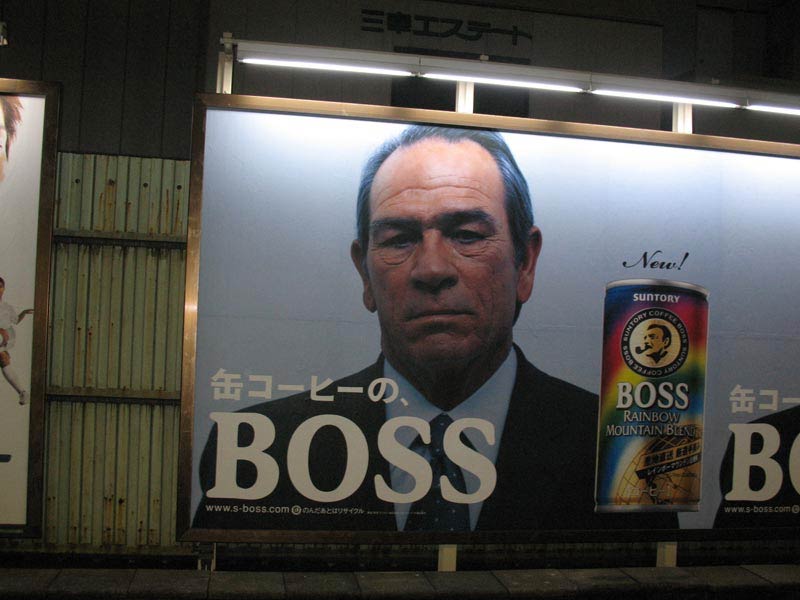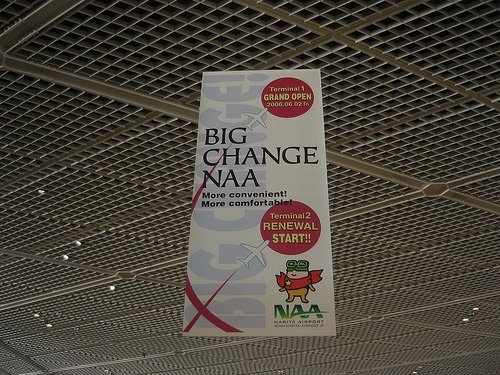Japan and the U.S. are very different places, and the cars that people choose to drive are different, too. In the U.S. the top-selling cars tend to be sedans like Civic (#1) or Camry (#3) or larger vehicles like Toyota’s RAV4 (#9) or the Chevrolet Tahoe (#10). The top selling cars in Japan are usually small and stylish, often of the type known as “one box” (basically, boxy hatchbox cars), like the Suzuki WagonR (#1), the Daihatsu Move (#2) or the Honda Fit (#4), all very stylish cars that are marketed to hip young people who want to buy an inexpensive car but still have something fun to drive or pimp out. These cars tend to be “K” class vehicles, meaning that they have engines of 1000 cc or smaller, making them very fuel efficient — the standard-gasoline WagonR gets 47 mpg/21 kpl, not bad at all. Besides the obvious fuel savings, another reason people are buying more efficient cars is that Japan’s road taxes are set up to encourage them. Drivers of vehicles with large engines would pay a “road tax” of almost $1000 every year, but drivers of “K” cars pay around $60. Not all cars on the roads in Japan are small and efficient, of course, and you can see a huge range, from BMWs to the really big Land Cruisers, and even a surprising number of Cadillacs and Jeep Cherokees on the roads. But it’s nice to have a choice.
That was quite a good picture. Nick has five brothers and sisters so he will never be alone, even when I’m back in Japan.
Heh, we asked Joey, the birthday boy in question, if he had any profound wisdom to pass on to little Nick. He said: “All I know is, that in ten years of life, I’ve never learned what the word ‘profound’ means.”















